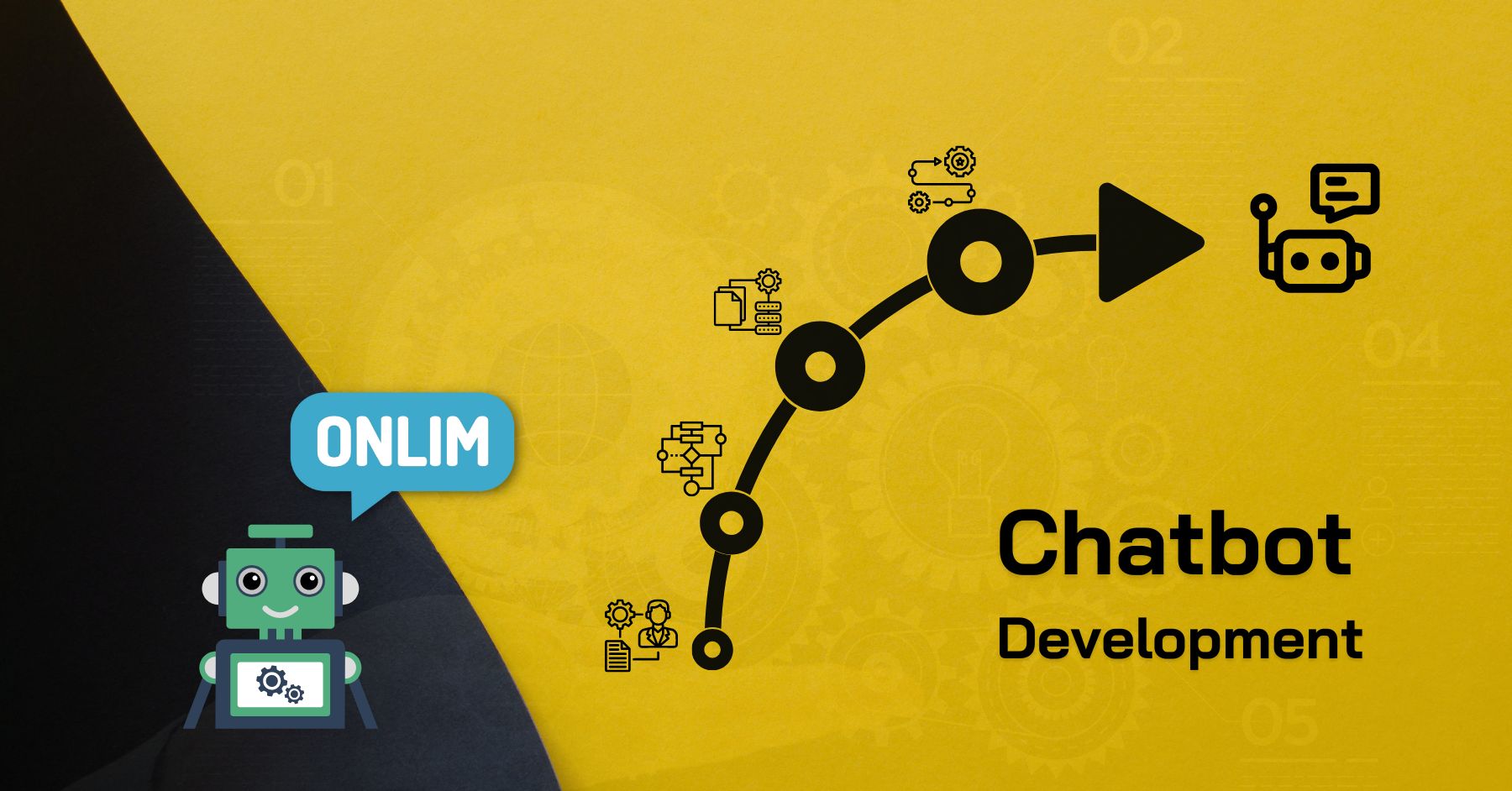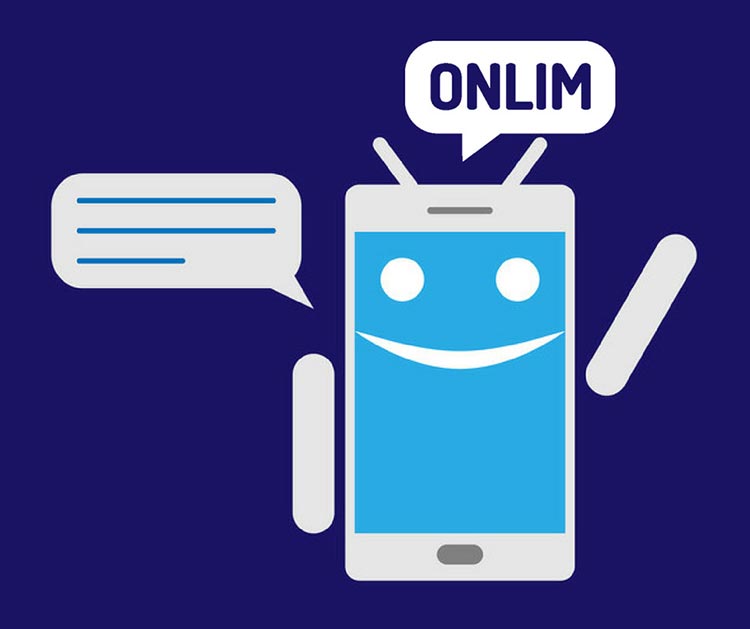Chatbot Development: The Complete Guide for Business in 2022
What Do Customers Expect from Business in 2022?
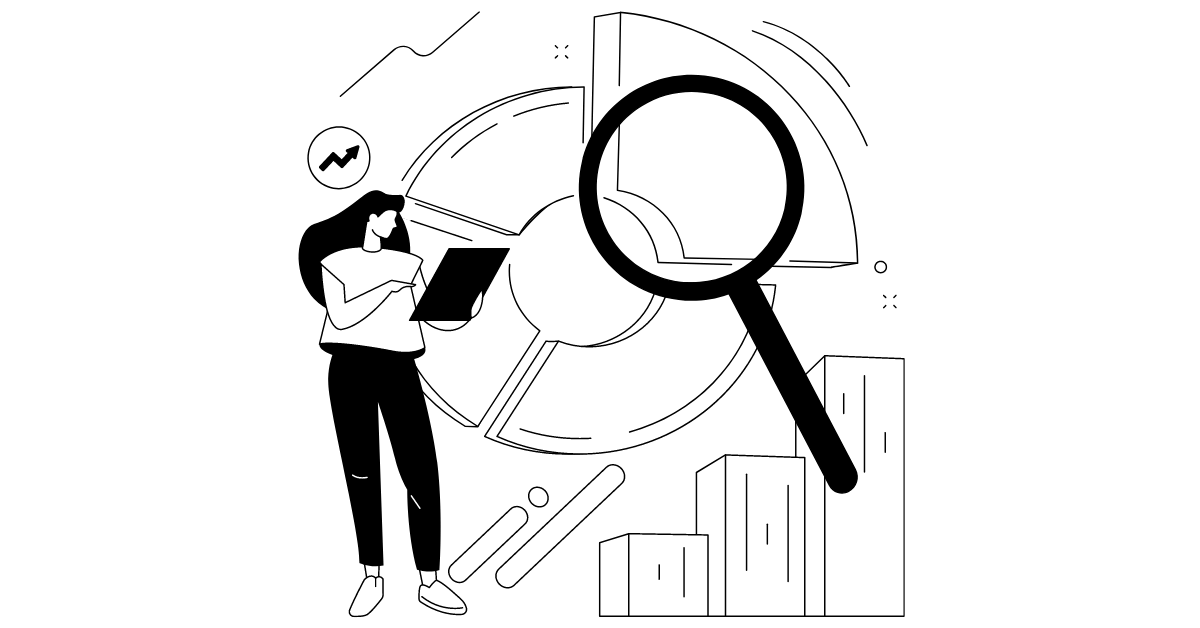
Among the main customer expectations in 2022 are the usual hopes for a good quality product or service, value for money, and, most importantly, top-level service.
The customer won’t care if it’s service in a 5-star hotel or purchasing a plastic bottle of mineral water. One service mistake may leave a customer irretrievably to a competitor.
So what is good customer support?
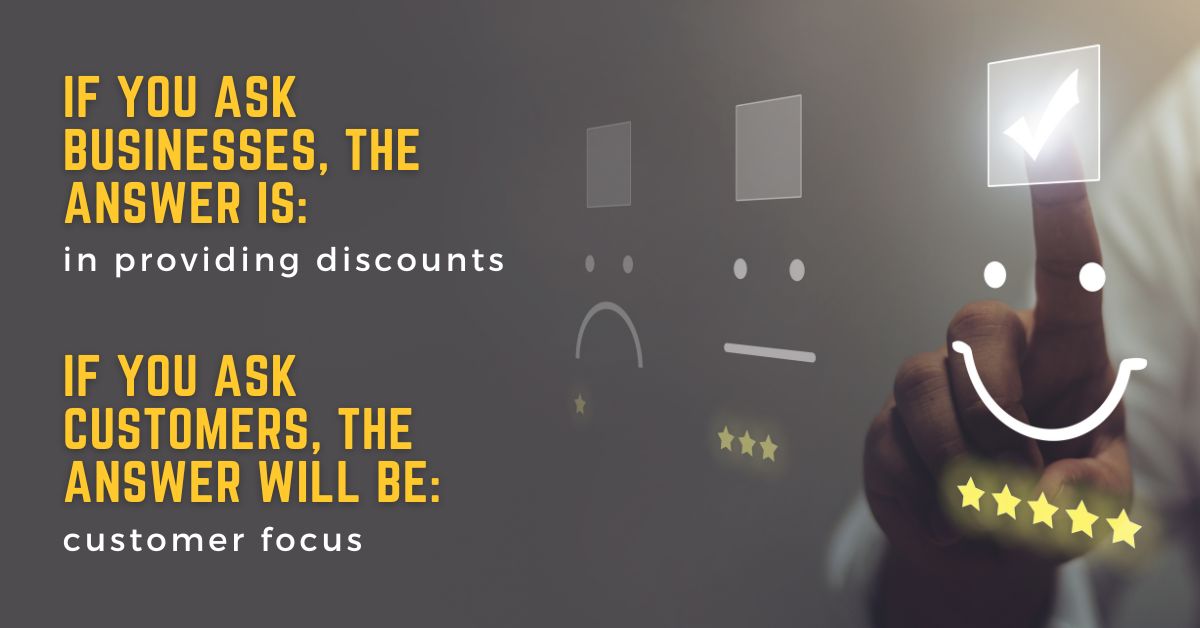
Business customers in 2022 expect loyalty at every stage of the interaction, including support through whatever channel of communication is convenient to the customer.
In the e-commerce heyday, the customer doesn’t consider the time of day or day of the week and consequently expects a quick response, if not an immediate one. These days, it’s a self-evident thing to do.
To break through the crowded lineup of competitors, a company must create the kind of customer experience that will make customers choose this particular company. Nothing affects the image of a business as positive reviews and satisfied customers.
How Can Chatbots Meet Customer Expectations?
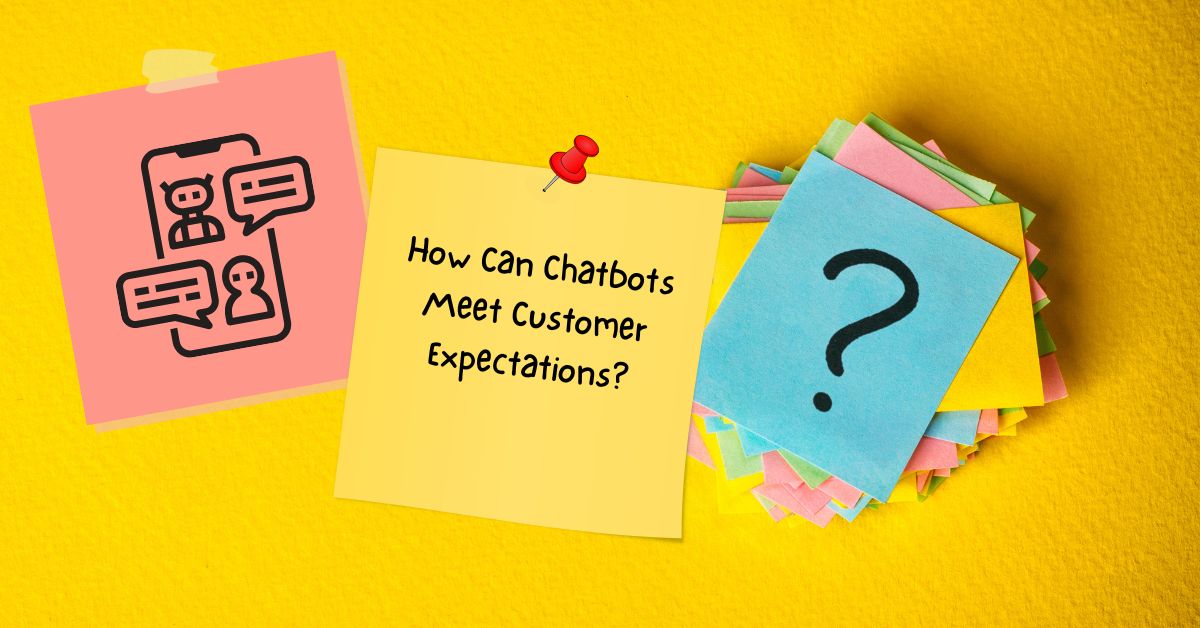
When a customer expects immediate service or support, and your business does have many such customers, chatbot development can help. They are virtual interlocutors who know how to answer standard questions.
Their work doesn’t depend on any timing circumstances. In addition, they can serve customers directly on the business website and in messengers and social networks.
When a customer requests, the chatbot will instruct on resolving the issue using a convenient channel. For example, a chatbot can give instructions on how to solve a technical problem, such as authorization, crashes, or inaccessibility.
If an automated instruction from the chatbot doesn’t help, it sends a ticket to the company’s internal systems and connects the customer to a specialist.
Fast processing of customer requests reduces the time for service and user satisfaction. For example, with the help of a chatbot, customers can get detailed answers and explanations, book, pay bills, buy, get tips, subscribe to the newsletter, etc.
Does Everyone Need a bot?
In pursuing competitiveness, and sometimes even out of a sense of snobbery, many believe their business needs a chatbot, preferably based on AI technology.
And even if an entrepreneur or a company can afford the development financially, it is not always a good investment in the long run, let’s be honest.
Chatbot development is effective when a business faces the need to handle a lot of data or requests, probably around the clock. Physically, this is a difficult task to achieve.
This technology is widely used in business environments seeking to provide exclusive, unlimited-time support to their customers to reduce the cost of that support. Besides, chatbots are effective where there is a place to optimize internal operational processes. Most often, these are industries such as:
E-commerce
Retail
Banking and insurance
Healthcare
Hotel and ticket booking
Of course, these are not the only industries to apply chatbot technology. Each company is unique in its setup, growth rate, and capabilities.
However, it is worth considering certain conditions before implementing or mistakenly abandoning it altogether.
Basic Chatbot Types
Speaking of chatbot classification, we can divide them into types according to the algorithm of their work and according to the function they perform.
Chatbots classification according to their algorithm
Primitive
Primitive chatbots will be limited in their functionality. These are the simplest tools. They are characterized by the presence of a prepared script and relatively limited functionality.
Buttons and text
Such chatbots imply communication algorithms with the client with the help of either special buttons or unique text presets. They have pre-prepared answers. The bot can recognize keywords and give a response.
Communicative
Communicative chatbots take on the duties of consultants. Sometimes they are based on neural networks or so-called Artificial Intelligence. Such chatbots are the most advanced in their functionality.
For example, they can recognize the client’s writing, analyze the information and give a realistic answer. In addition, their functionality can include responses to users’ queries, help to select goods or services, and inform about various promotions and discounts.
Chatbots classification according to their functions
Chatbot Assistant
This chatbot is most often used for internal business operations. It is integrated into analytics, accounting, or CRM systems. Managers use it for data analysis, reporting, and automated form filling. It can also remind them of meetings, appointments, and scheduled calls.
Chatbot for sales
Used when a customer wants help selecting a product or has follow-up questions regarding a purchase. This chatbot leads the customer to the purchase facilitating his buying journey. The same is the case with chatbots in banking, accompanying payment procedures.
Chatbot for maintenance
This chatbot development answers customers’ questions regarding technical issues such as breakdowns, registration, account renewal, etc.
The Benefits of Using Chatbot Development in 2022
Businesses nowadays are dictated by their customers. In an era of diverse proposals, customer-centricity is a fundamental advantage over the competition.
Today’s customers hate waiting, don’t like it when what’s promised isn’t true, and are even more averse to heavy contact with a company. However, feedback and constant willingness to contact the customer are the keys to long-lasting cooperation.
The easier it is for the customer to reach the brand, and the faster the brand’s response to the customer, the better for both parties.
1. The correct use of chatbots opens up new ways to interact with customers. Using multiple communication channels at once helps to handle more customer inquiries in a shorter time.
2. Chatbots can positively influence the sales flow, as they are available 24 hours a day, without weekends, holidays, vacations, and sick leaves.
3. Chatbots reduce the cost of customer service because they can replace consultants, process large amounts of data and create analytics based on it, thus reducing the distance between customers and business. In addition, the program can conduct a dialogue with several clients at the same time.
4. Using chatbot developments reduces personnel costs and the cost of correcting errors caused by the human factor.
5. The brand image is formed due to the positive interaction with customers caused by the smooth operation of chatbots. In addition, you can work out the communication scenario in advance by choosing the appropriate tone and manner of communication for the company.
6. Chatbots are easily integrated into a company’s internal systems, e.g., CRM. For example, the bot can save new contacts immediately into the system and create a new client card, and the manager can connect at the transaction stage.
Selecting the Right Chatbot Development for Your Business
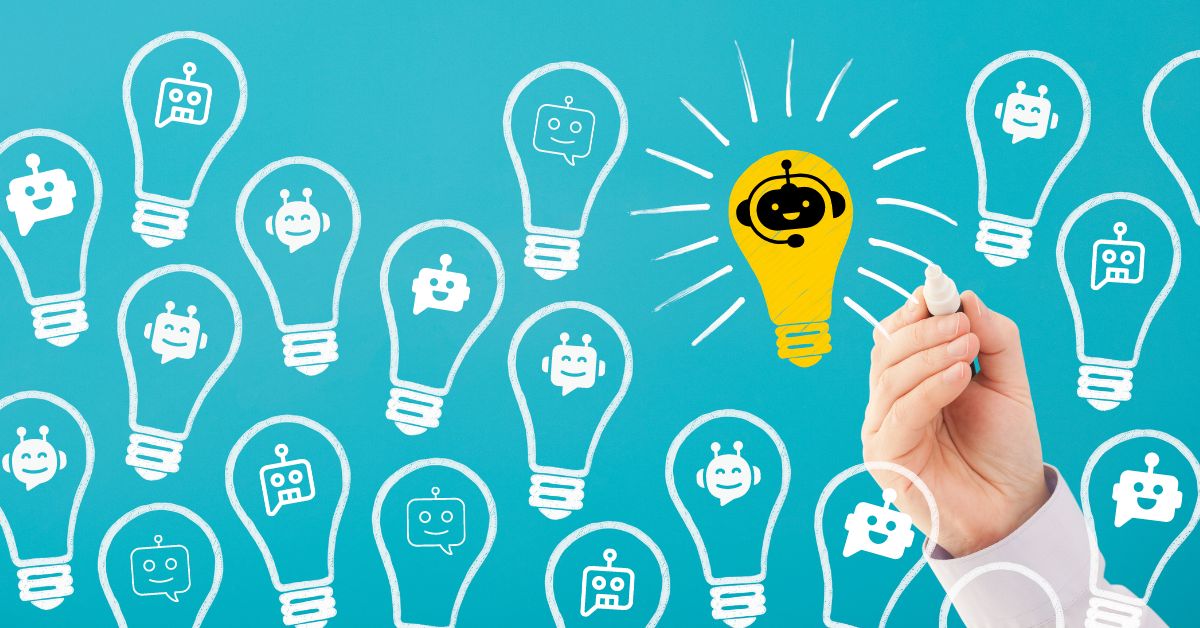
In 2022, a chatbot is a business-building tool, not a luxury. Based on the varieties of working algorithms and intended use, the cost range of creating a chatbot is extensive. They can be both budgetary and costly, developed individually to the needs of businesses using the most sophisticated technology.
In order not to make the wrong choice, it is necessary to consider specific conditions and influencing factors:
Tasks to be solved
Before developing and implementing chatbot technology, a company should clearly define and formulate what tasks the program will solve. If it is, for example, processing requests, it is necessary to collect statistics on the number and types of these requests.
If the company receives as many requests as one manager can handle, then it is not reasonable. However, if more inquiries come regularly, a chatbot will be the ideal solution for processing them in a timely manner so as not to lose customers. An analysis of the company’s needs is necessary to accomplish this task.
Choice of tools and platform
It would be best if you had a list of the basic integrations needed: CRM, Calendars, Payment Systems, Cards, Cloud Storage, and other software. Then, you can entrust the creation to developers or create a bot with the help of a ready-made constructor on a specialized platform.
Requirements Specification
You will need to discuss and put forward clear KPIs, discuss the key milestones and deliverables, agree on the cost and time of the project development, and your participation in each stage of work. You can also discuss the communication with the developers: how often you will call, how you will correspond, how you will track the progress of chatbot creation, and so on.
Chatbot embodiment and testing
Think about what your customers expect from your chatbot interactions. To think through the structure of the conversations, we recommend starting with a list of frequently asked questions that the bot will answer and what questions, words, and phrases the bot should recognize. Before scaling and rolling out the chatbot to all customers, thoroughly test the prototype. If the concept fails, analyze what went wrong, where, and why.
Performance Analysis and Operation
When analyzing, pay attention to failure rates, session duration, and premature dialog termination. Goal achievement rate and customer satisfaction are essential metrics. Expand the chatbot’s capabilities, implement it on new platforms, and add new languages and integrations.
Whitepaper: More Knowledge For Chatbots And Voice Assistants
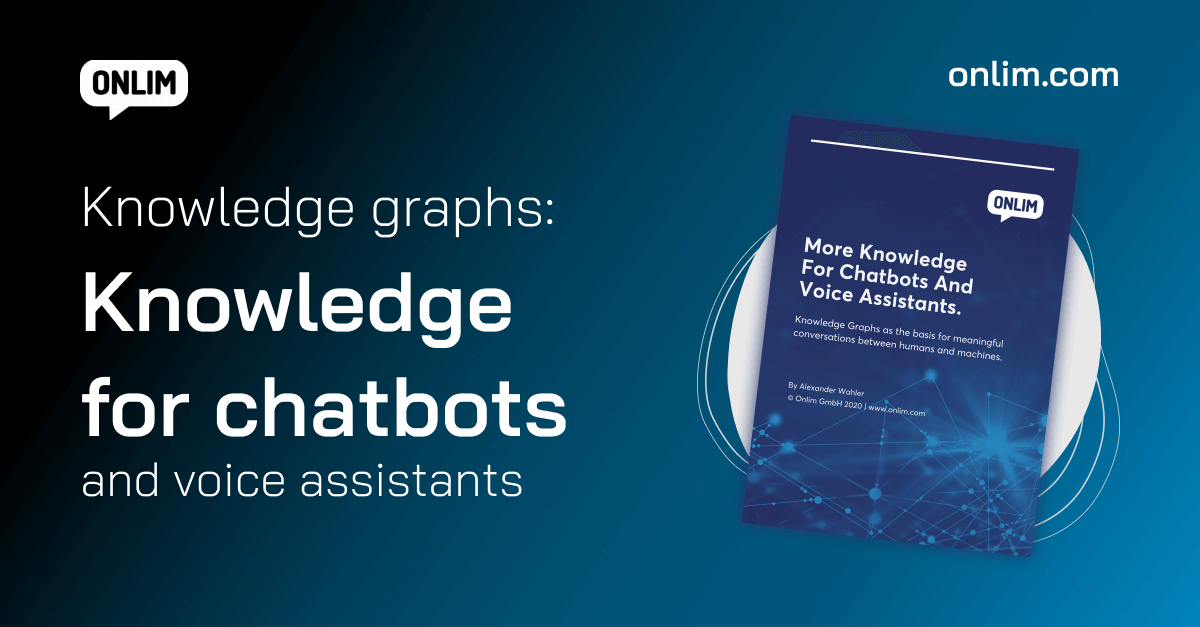
About author:
Robyn McBride is a journalist, tech critic, author of articles about software, AI and design. She is interested in modern image processing, tech trends and digital technologies. Robyn also works as a proofreader at Computools.

What are Large Language Models (LLMs)?
March 18th, 2024|
What are chatbots and how do they work?
November 23rd, 2023|
The AI Act and its impact on the use of chatbots
October 27th, 2023|
